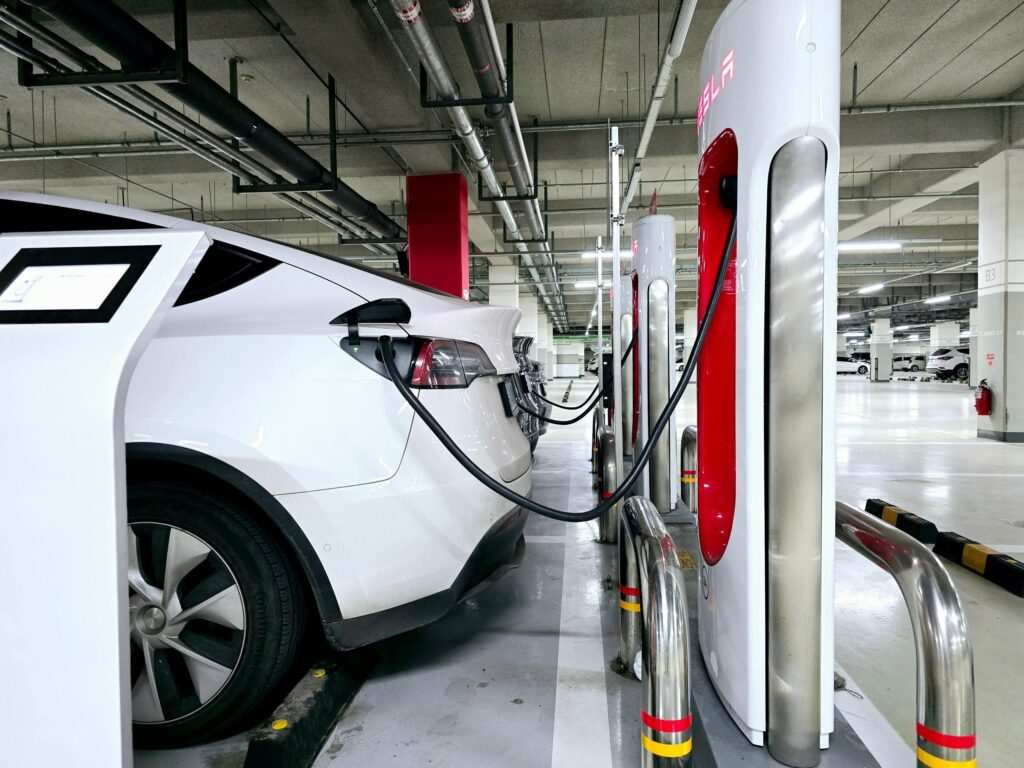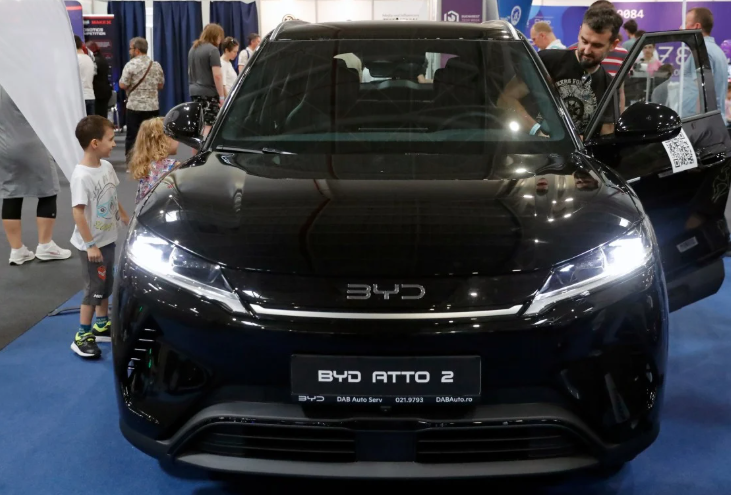Global electric vehicle sales increased by 24% in June, compared to the same month last year, according to newly released market data. The growth was mainly driven by strong performance in China and Europe, which together accounted for the majority of new EV registrations during the month.
This rapid rise in EV demand shows how quickly the global automobile industry is shifting toward cleaner and more sustainable transportation. Car buyers are increasingly choosing electric models due to high fuel prices, better technology, and growing support from government incentives.
China Leads the Global Electric Vehicle Boom
China remains the largest EV market in the world, making up more than half of all global EV sales in June. Affordable models from Chinese companies like BYD, Nio, and XPeng, as well as electric offerings from traditional automakers, are widely available across the country.

Government policies in China, such as tax breaks, EV purchase subsidies, and free license plates for electric cars, continue to encourage more people to make the switch. Many Chinese cities are also adding more charging stations, making EV ownership more convenient.
Sales of battery-powered vehicles in China rose sharply in both urban and rural areas. Analysts say the country’s strong domestic supply chain and large production capacity have made EVs more affordable than ever before.
Europe Sees Steady Rise in EV Demand as Regulations Tighten
Europe is also experiencing fast growth in electric vehicle sales, especially in countries like Germany, France, the UK, and the Netherlands. The European Union’s strict rules on carbon emissions and future bans on new petrol and diesel cars have helped boost EV interest.
More European drivers are choosing electric models because of long-term savings on fuel and maintenance. In addition, many companies are replacing their delivery vans and business fleets with electric options to meet environmental goals.
Automakers such as Volkswagen, Renault, and Volvo reported higher EV sales across the continent. Several governments in Europe also continue to offer cash-back deals, reduced taxes, and home charger support for buyers.
Other Regions Join the EV Race, But China and Europe Still Dominate
While North America, India, and Southeast Asia are also seeing an increase in EV sales, they still trail behind China and Europe in terms of volume. The United States has seen rising demand thanks to federal tax credits and growing interest in models from Tesla, Ford, and General Motors.
India, on the other hand, is developing fast but faces challenges like limited charging infrastructure and high battery import costs. Still, local manufacturers and the government are working hard to promote EV adoption.
Experts say that although global interest in EVs is rising, most of the growth is still coming from areas with strong government support, infrastructure investment, and local production.
Why Electric Vehicles Are Becoming More Popular Worldwide
Electric vehicles are gaining popularity not just because of environmental reasons, but also because of cost and convenience. As battery prices fall and driving ranges increase, more people are finding EVs to be a smart and affordable option.

In many places, owning an EV now means fewer fuel costs, lower maintenance, and even free parking or road access in busy cities. The expansion of public and home charging options has also made electric cars more practical for everyday use.
With rising concern about climate change and air pollution, EVs are becoming a clear choice for drivers who want to be part of the solution.
China and Europe Push Global EV Sales to New Heights
The global EV market continues to grow at a rapid pace, with China and Europe leading the way in both innovation and adoption. June’s 24% rise in global sales shows how strong consumer interest has become, and many experts believe that the upward trend will continue throughout 2025.
As more countries invest in clean transport, support new technologies, and expand charging infrastructure, electric vehicles are set to become the future of the automobile industry.

